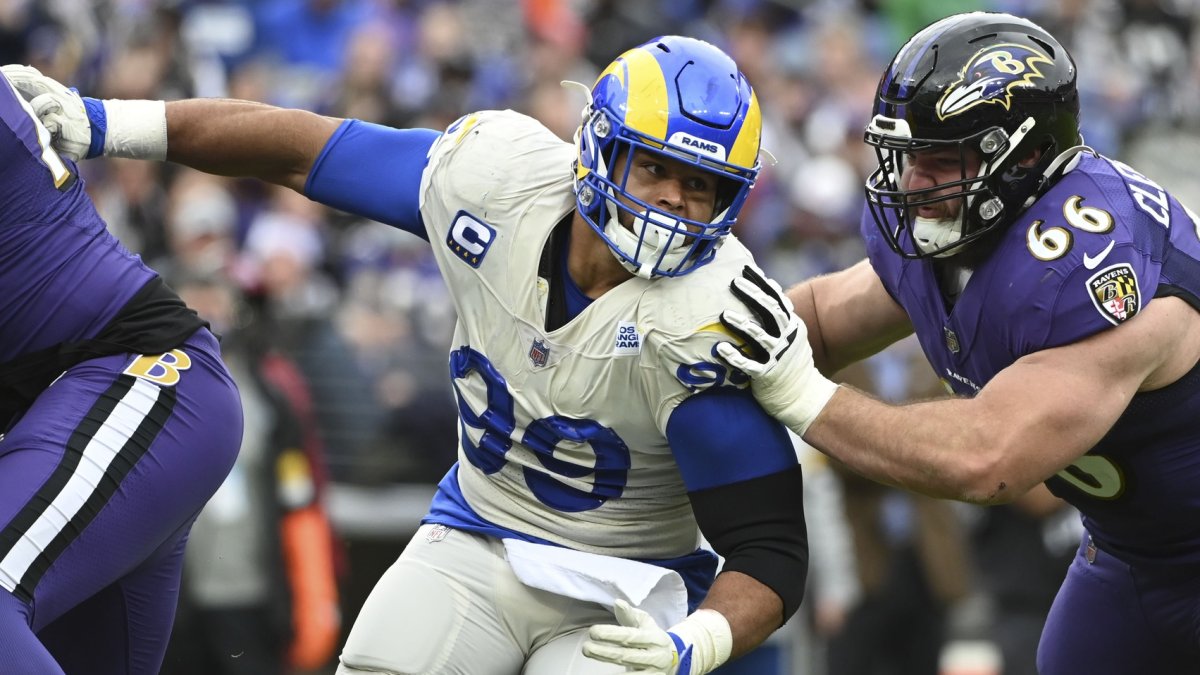I developed the PFF Plus-Minus metric a couple of years ago, starting with the puzzle of putting a point value on wide receiver production in their primary role as pass-catchers. I detailed the methodology in the analysis and went on to apply that same methodology to an edge defender's pass-rushing value and a cornerback's coverage value.
Click here for more PFF tools:
Rankings & Projections | WR/CB Matchup Chart | NFL & NCAA Betting Dashboards | NFL Player Props Tool | NFL & NCAA Power Rankings
Best Bets Tool
This analysis uses the same methodology for valuing positions on the basis of a single role — or facet as we call it — in their position but expands it to all defensive positions and to all of the three facets of defensive play PFF tracks: pass-rushing, run defense and coverage.
Methodology
Using participation data and on- and off-the-field splits have a rich history in other sports for building player valuation metrics. No matter how much we try, the human eye and brain cannot notice the contribution to every player on every play while calculating the exact impact of those actions on the game in a comparable metric. By studying the differences in team success — in this case, using expected points added — when a player is on and off the field, we can capture the entire effect in useful numbers for comparison.
The issue with using on-off splits in football is the time for all players on the field is limited in a 17-game season, and the substitution patterns for different positions don’t allow for much comparison. Without injury, cornerbacks can play every snap of the game, whereas certain interior defenders are rotated consistently. The solution I came up with was to look at the on-off splits of groups of similar players rather than individual players.
I used the PFF grading data — along with other traditional and advanced stats — to cluster similar players for each position in each facet of the game and then compiled the on-off splits of those groups. In doing so, we increase the total samples of measurement and reduce the noise of single-player numbers.
Before we get into the results of the analysis for every defensive position, let’s walk through a specific example of how clustering works, using the coverage facet for cornerbacks.
Exclusive content for premium subscribers

WANT TO KEEP READING?
Dominate Fantasy Football & Betting with AI-Powered Data & Tools Trusted By All 32 Teams
Already have a subscription? Log in



 © 2025 PFF - all rights reserved.
© 2025 PFF - all rights reserved.